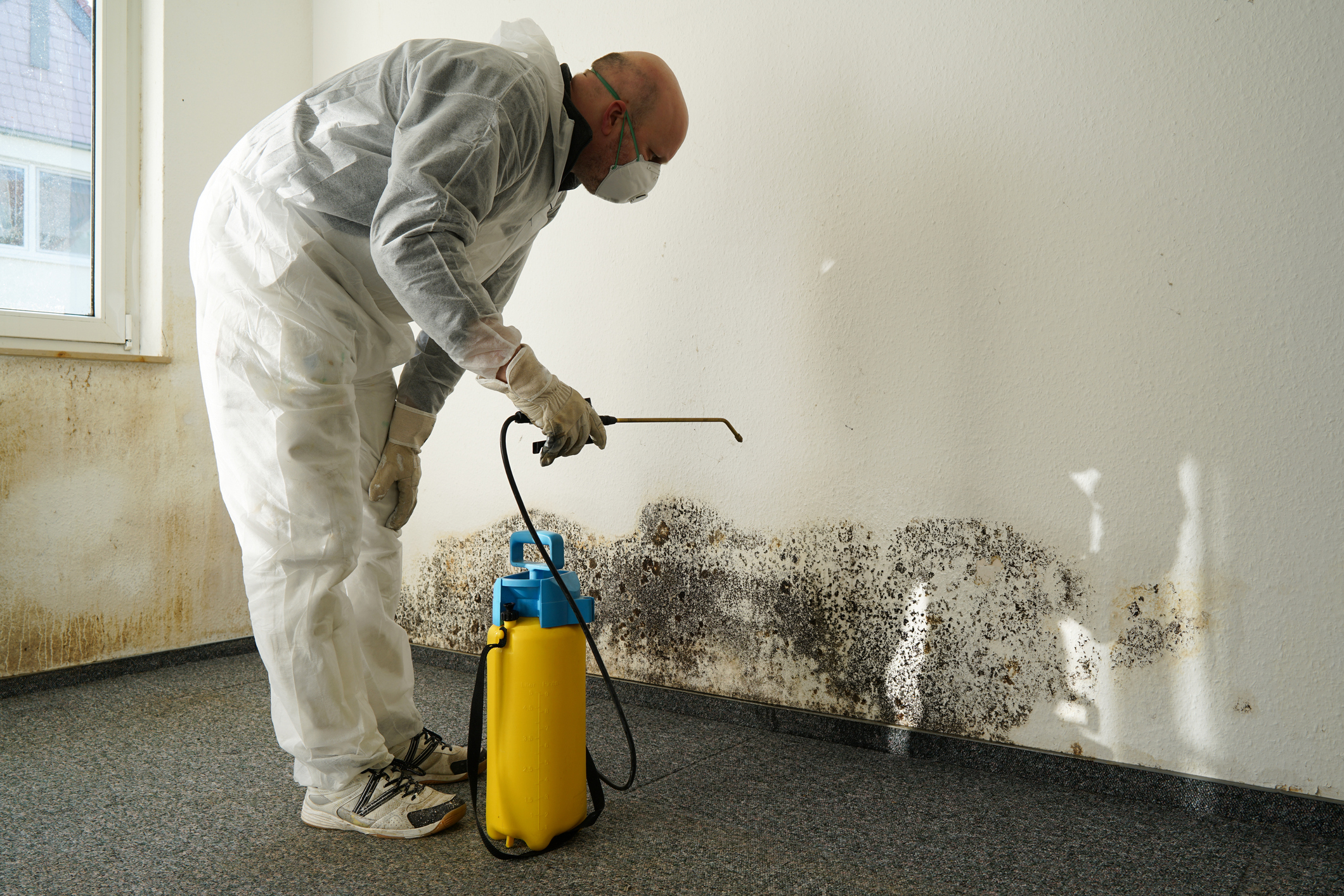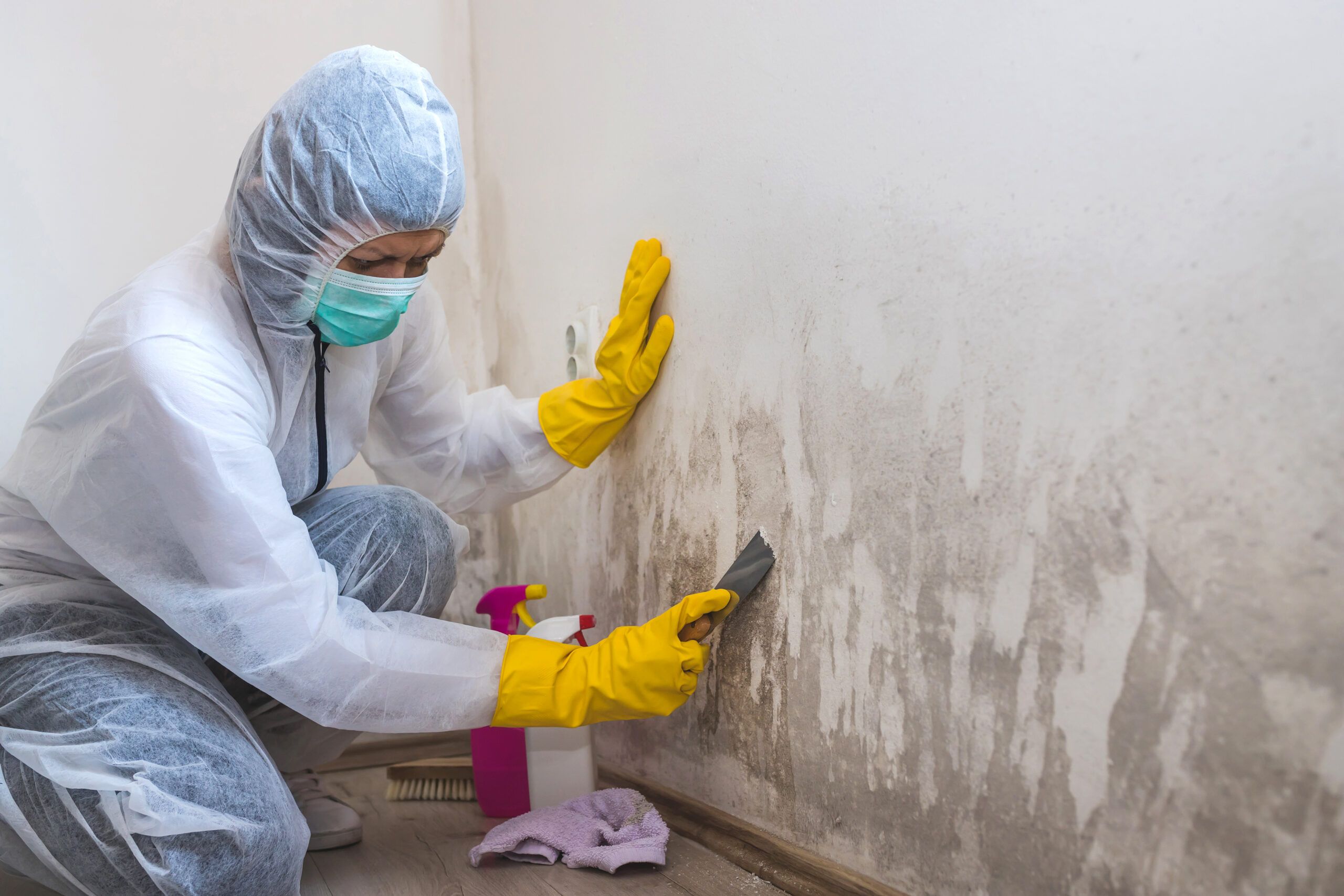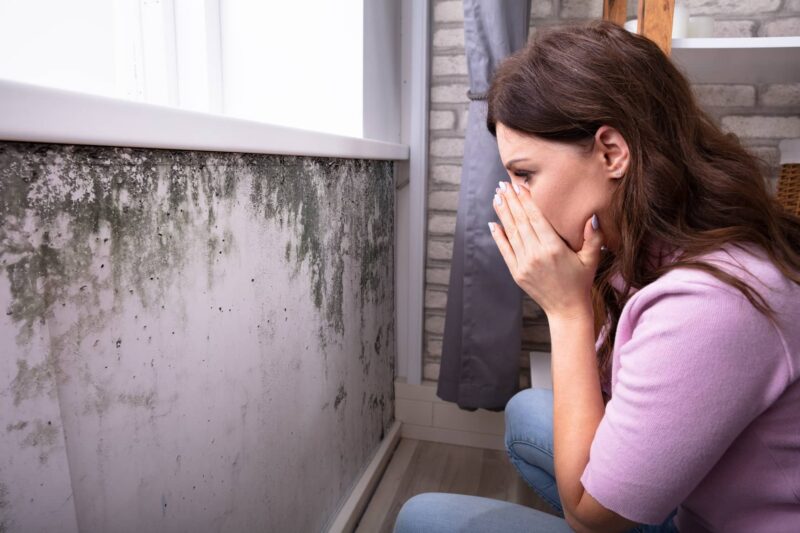Mold can be a common problem in many homes, and getting rid of it effectively is crucial for maintaining a healthy living environment. There are various techniques that homeowners can use to tackle mold growth and prevent it from spreading throughout their property.
From natural remedies to professional services, the options for mold removal are diverse and can be tailored to suit the specific needs of each household. By understanding the different methods available and implementing the right strategy, homeowners can effectively eliminate mold and safeguard their homes from its harmful effects.
In this article, we will explore some of the most effective mold removal techniques that homeowners can utilize to combat this persistent issue.
DIY Mold Removal vs. Professional Mold Remediation Services

When it comes to deciding between DIY mold removal and professional mold remediation services, homeowners may find themselves facing a dilemma. DIY methods can be tempting due to their cost-effectiveness and convenience, but they may not always effectively eliminate the mold problem.
On the other hand, professional mold remediation services come with a higher price tag but offer the expertise and equipment needed to completely eradicate mold from the home. While DIY approaches can be successful for small, isolated mold issues, larger or recurring mold problems may require the specialized skills of a professional mold remediation company.
Ultimately, homeowners should carefully consider the extent of the mold problem and weigh the pros and cons of both options before making a decision.
Step-by-Step Guide to Effective Mold Removal

To effectively remove mold from your home, it is essential to follow a step-by-step guide. First, identify the source of the moisture that is fueling the mold growth.
This could be a leaky pipe, a roof leak, or poor ventilation. Once the source is addressed, focus on improving ventilation in the affected area.
Open windows, use exhaust fans, and consider using a dehumidifier to reduce moisture levels. Next, scrub the mold off hard surfaces using a mixture of water and detergent.
For porous materials like drywall or carpet, it may be necessary to replace them if the mold cannot be completely removed. Finally, after the mold has been removed, thoroughly dry the area to prevent future mold growth.
Following these steps will help ensure effective mold removal in your home.
Preventing Mold Regrowth: Tips and Best Practices

Preventing mold regrowth in your home involves more than just removing visible mold. After effectively eliminating mold from your living space, it is important to take steps to prevent its return.
First and foremost, address any underlying moisture issues that may have contributed to the initial mold growth. This could include fixing leaks, improving ventilation, or using a dehumidifier to maintain optimal humidity levels.
Additionally, regularly clean and inspect areas prone to mold growth, such as bathrooms, basements, and attics. Consider using mold-resistant paints and materials in these areas to help prevent future mold problems.
By taking these proactive steps, you can successfully prevent mold regrowth and ensure a healthy living environment for you and your family.
Conclusion
In conclusion, it is important for homeowners to be proactive in addressing mold issues in their homes to maintain a healthy living environment. By following the effective mold removal techniques discussed in this article, including identifying and addressing moisture sources, using proper protective gear, and seeking professional assistance when needed, homeowners can successfully remediate mold growth and prevent future outbreaks.
Consulting with a mold expert can provide valuable insight and advice on the best course of action for specific mold situations. Remember, mold removal is not only essential for maintaining the structural integrity of your home but also for safeguarding the health and well-being of your family.
Take action today to create a mold-free living space.


